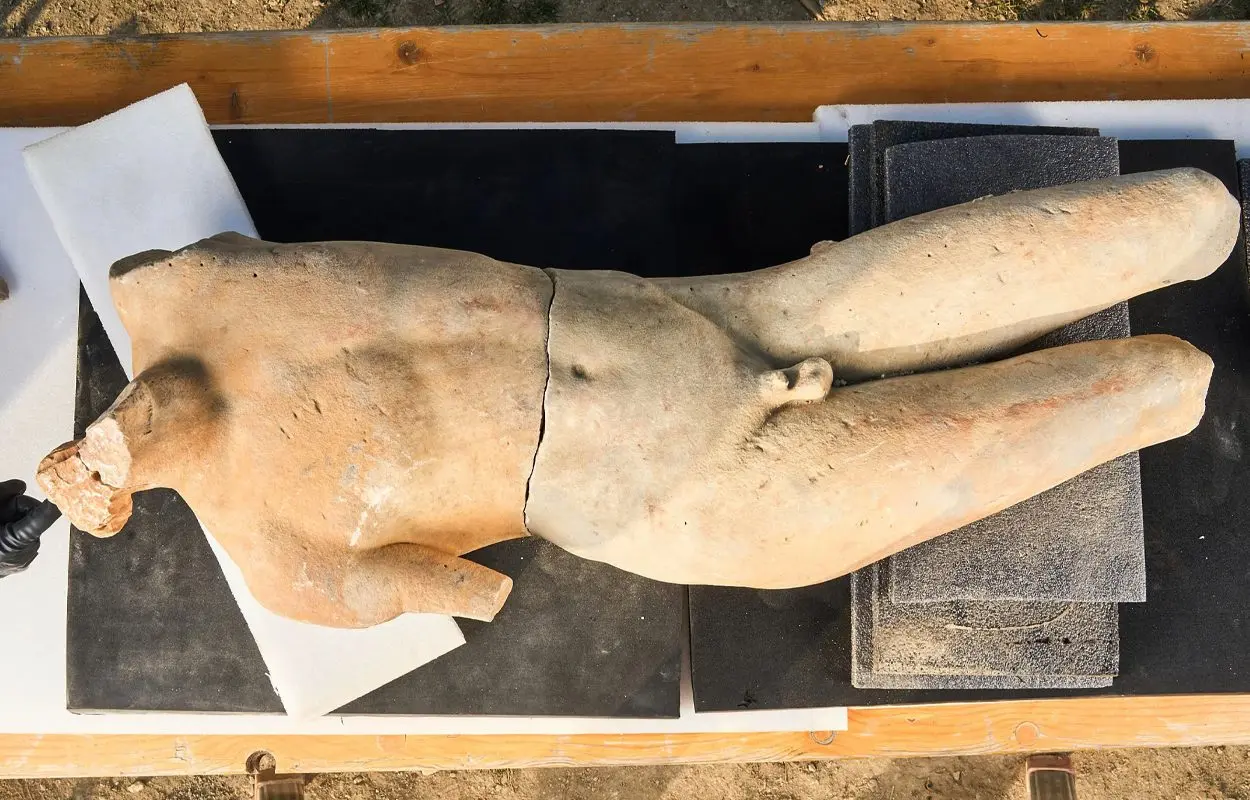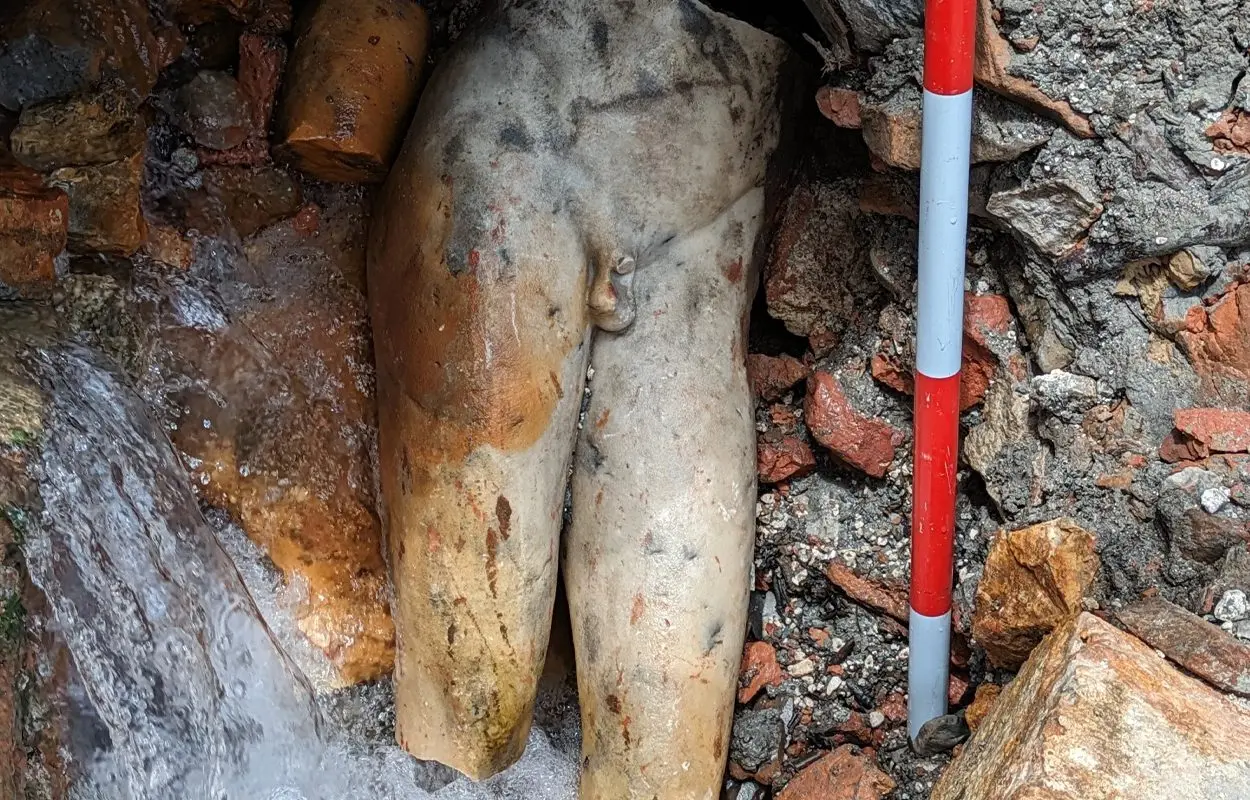Archaeologists have found a marble statue of Apollo Sauroctonos, also known as the “Lizard Killer”, during excavations of an Etruscan and Roman spa at San Casciano dei Bagni in Tuscany.
The spa is fed by geothermal springs, which the Etruscans used to supply water at a mean temperature of 42 °C (108 °F) to the complex of Balnea Clusinae.
According to legend, the site was founded by Porsenna, an Etruscan king of Chiusi, although archaeologists suggest that the complex was built by the Etruscans in the third century BC.
During the Roman period, the spa became a popular attraction for the therapeutic benefits, with notable figures such as Caesar Augustus being a frequent visitor.

Archaeologists have found fragments of a life-sized Apollo Sauroctonos statue on the edge of the Great Bath, which are Roman copies of a bronze statue created by the Greek sculptor Praxiteles, the most renowned of the Attica sculptors of the 4th century BC.
Example copies generally date from the 1st to 2nd century AD and depict Apollo in his youth about to catch a lizard climbing up a tree. The Roman poet, Martial, wrote an epigram about the Apollo Sauroctonos statues “Spare the lizard, treacherous boy, creeping toward you; it desires to perish by your hands.”
Apollo, revered as the deity associated with healing and ailments, received votive offerings from petitioners seeking remedies for their afflictions. Additionally, the depiction of Apollo hunting a lizard can be associated with ophthalmology, as lizards were considered a key ingredient for curing eye complaints.
Excavations also uncovered a travertine votive altar with a bilingual inscription in Latin and Etruscan from the 1st century AD, indicating the ongoing influence of Etruscan culture well into the Roman Imperial Era.
Header Image Credit : Ministry of Culture







